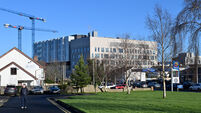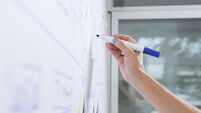Women get timer to biological clock
Using an ultrasound procedure, the test will allow career women to calculate how long they can put motherhood on hold. It will also help others finding it difficult to conceive.
Women could be screened to identify those at risk from an early menopause, which can have adverse effects such as osteoporosis and an increased risk of heart disease.













